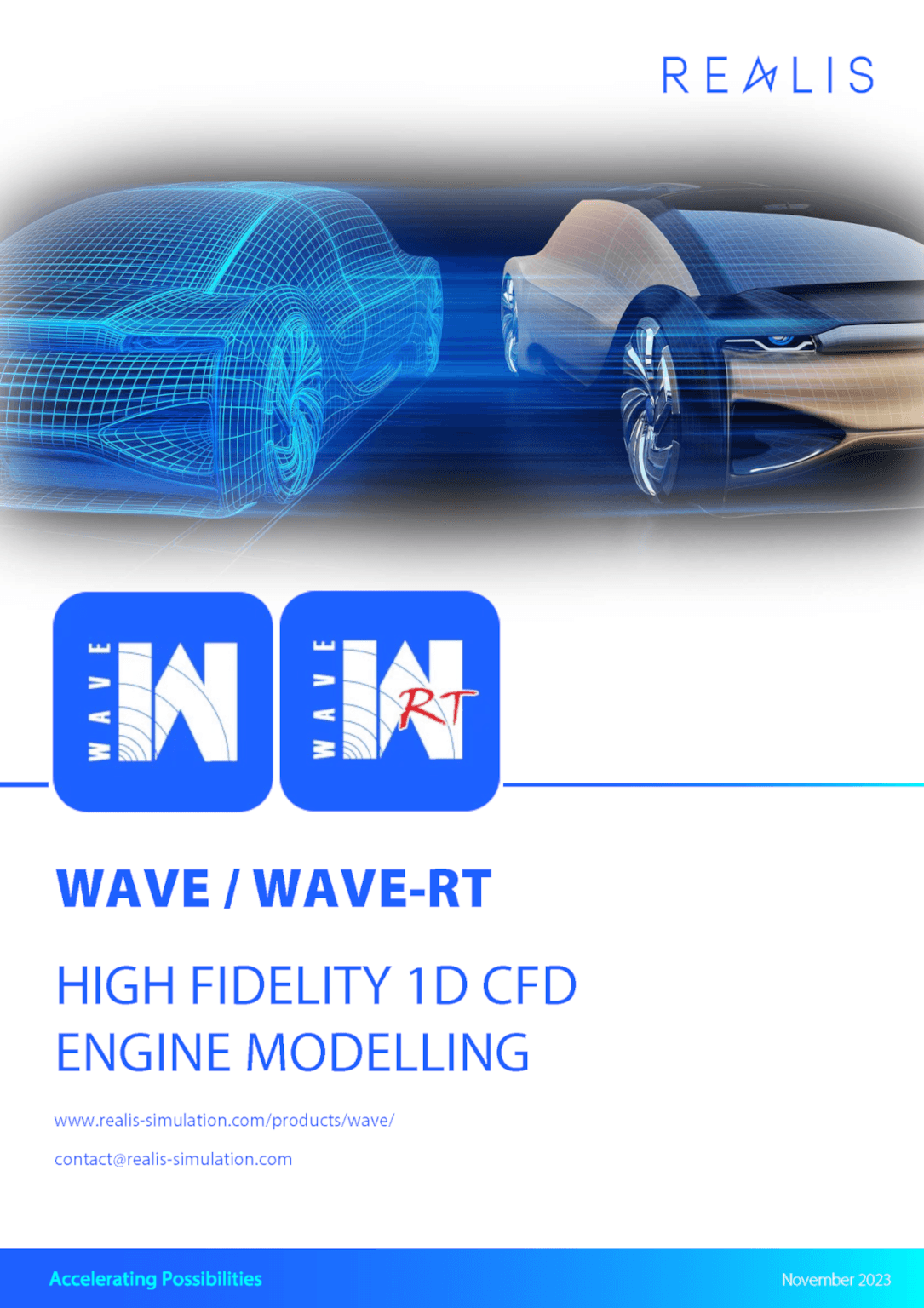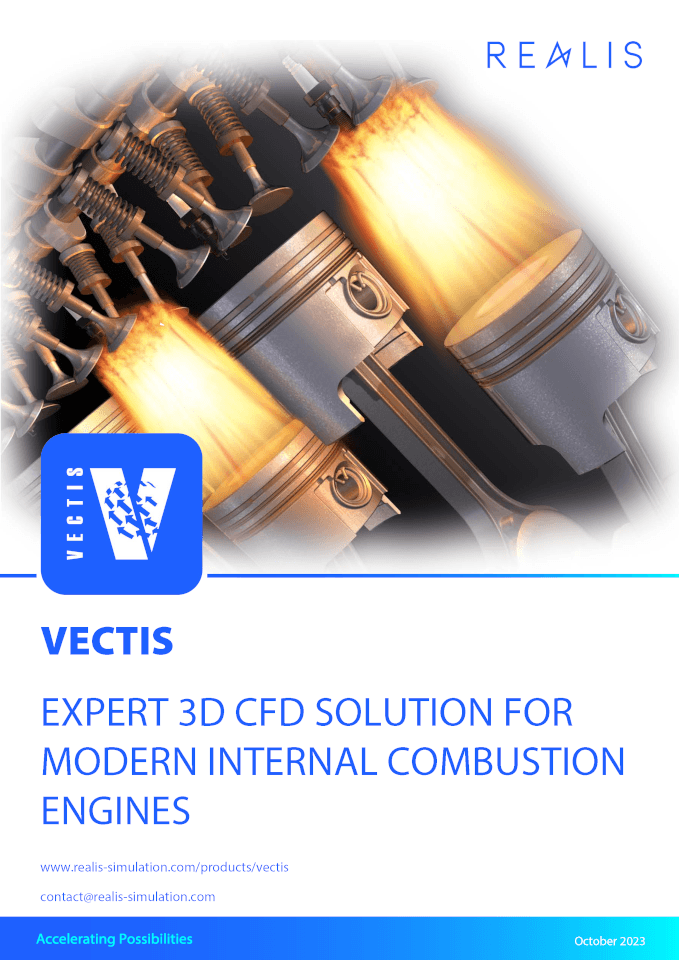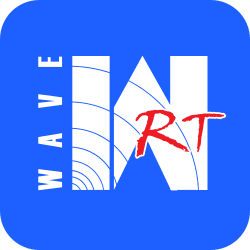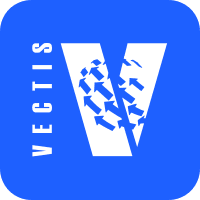
Emissions from combustion

Cutting emissions from combustion has driven developments in hybrid engines and catalytic converters, however the heart of combustion is the fuel that is being burnt. E-fuels and hydrogen are now being used as fossil fuel replacements in Internal Combustion Engines (ICE) but require design modification and fuel performance modelling to assess viability, dependent on the application. This is best achieved in a virtual environment to understand the ‘What ifs’ before moving to physical testing.
For example, Hydrogen has been identified as a promising decarbonization fuel for ICE applications including heavy-duty, on- and off-road, rail, power-generation and maritime. Whilst Hydrogen ICEs can achieve high power density and extremely low tailpipe emissions, there are challenges in designing systems for a gaseous fuel with its own specific mixing, burn rate and combustion control needs. The main pollutant of concern for Hydrogen ICEs is NOx, which can be addressed by running the engine at lean equivalence ratios and using Exhaust Gas Recirculation (EGR).
Our 1D and 3D Computational Fluid Dynamics (CFD) simulation toolsets can quickly and accurately provide answers to the ‘What ifs’ which are vital to the overall assessment of emissions from different fuel types and different fuel blends.
WAVE-RT is a 1D CFD tool which provides real-time emissions analysis as well as the ability to model unburned hydrocarbons which are key components in IC engine emissions. Predictive sub-models include NOx and Hydrocarbons emissions.
VECTIS is a 3D CFD tool for modelling emissions for conventional hydrocarbons, e-fuels and synthetic fuels. Lean hydrogen flame speed modelling provides robust models to simulate emissions from engines running on hydrogen.
Our insights


VECTIS
Brochure

